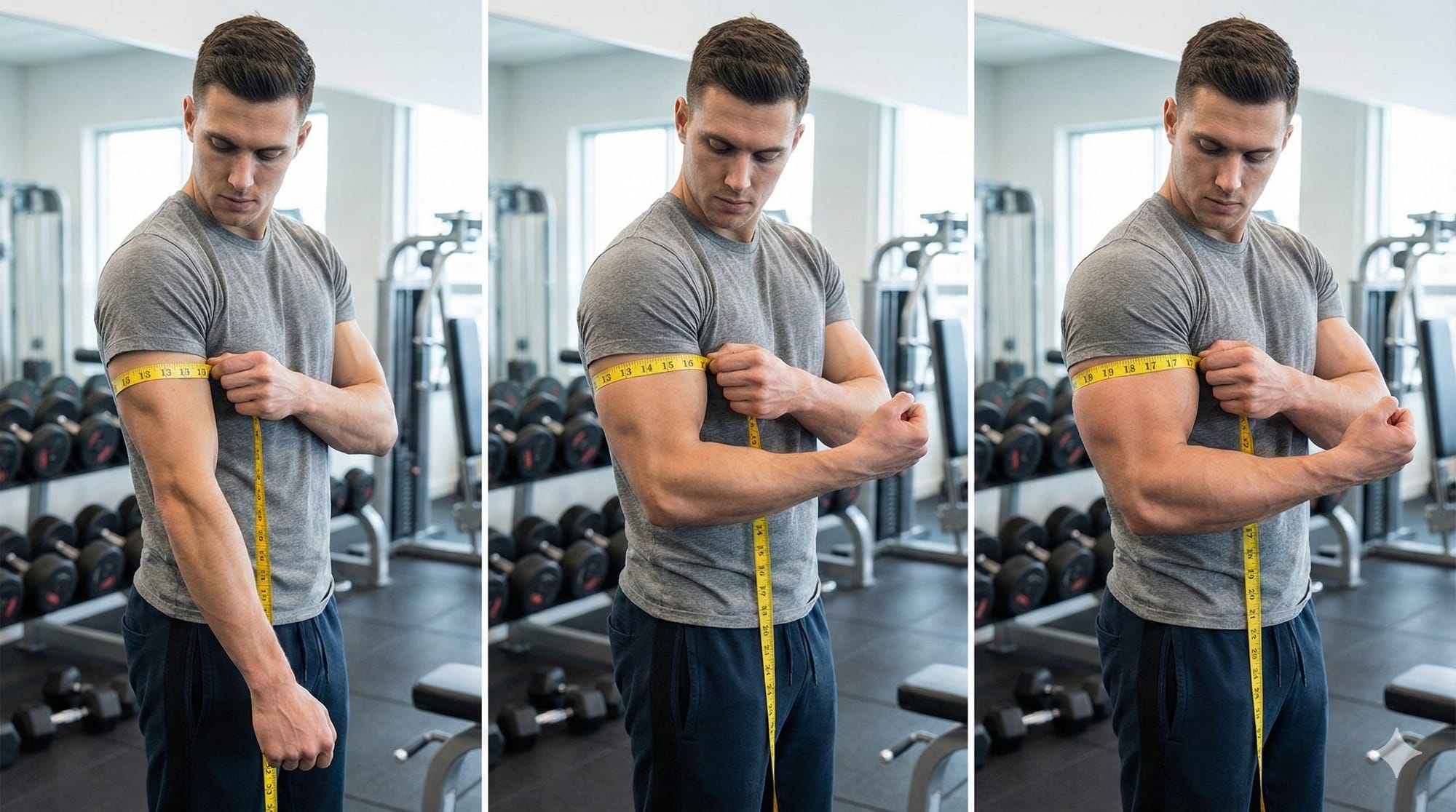In the ever-evolving world of bodybuilding and strength training, finding the perfect balance between muscle growth, strength development, and aesthetic symmetry remains the holy grail. This innovative training approach introduces a scientifically-backed split that maximizes results while minimizing unnecessary fatigue and gym time.
The Science of Training Frequency
Modern exercise science has revealed that muscle protein synthesis (MPS) remains elevated for approximately 24-48 hours after resistance training. This biological window provides the foundation for this advanced training split, which strategically times workouts to maintain optimal stimulation for growth while allowing adequate recovery.
The split consists of:
- Two upper body sessions
- Two lower body sessions
- One dedicated arm day
This structure creates an ideal stimulus-to-fatigue ratio, allowing for high-intensity training while managing systemic fatigue through strategic volume distribution.
Understanding Volume Optimization
Research in exercise physiology has demonstrated that training volume has a dose-response relationship with muscle growth - but only up to a point. The key finding that shapes this program is that excessive volume creates unnecessary fatigue without additional hypertrophic benefits.
The program implements these findings through:
- Reduced total sets per muscle group
- Increased load intensity
- Strategic exercise selection
- Optimal rest periods
The Role of Progressive Tension
Exercise science has established that progressive overload is the primary driver of muscular adaptation. This program implements this principle through a sophisticated approach to load progression and volume management.
Warm-up Protocol
The warm-up strategy is based on research showing that submaximal loading patterns can enhance neural activation without creating significant fatigue:
- Progressive loading sets with decreasing reps
- Minimal time under tension during warm-ups
- Strategic rest periods between preparation sets
Example Upper Body Session
This workout demonstrates the practical application of these principles:
Compound Movements
- One-Arm Row
- Sets: 2 per side
- Reps: 6
- Focus: Unilateral strength development
- Rest: 180 seconds between sides
- Incline Press
- Sets: 3
- Reps: 6
- Focus: Upper chest development
- Rest: 180 seconds
Isolation Work
- Machine Lateral Raises
- Sets: 3
- Reps: 8
- Focus: Deltoid isolation
- Rest: 90 seconds
- Hammer Strength Press
- Sets: 2
- Reps: To technical failure
- Focus: Chest/shoulder integration
- Rest: 150 seconds
Implementation Strategy
Progressive Overload Framework
The program uses a four-week progression model:
- Week 1: Baseline establishment
- Weeks 2-4: Progressive load increases
- Week 5: Strategic deload
Individual Customization
While the framework remains constant, several variables can be adjusted based on training status:
For Beginners:
- Higher repetition ranges (10-12)
- Reduced loading intensity
- Additional form-focused sets
- Extended rest periods
For Advanced Lifters:
- Increased loading intensity
- Reduced total volume
- Stricter rest period adherence
- More aggressive progression
Recovery Optimization
Modern research has highlighted the critical role of recovery in training adaptation. This program integrates several evidence-based recovery strategies:
- Sleep Optimization
- Minimum 7-8 hours per night
- Consistent sleep schedule
- Dark, cool sleeping environment
- Nutrition Timing
- Pre-workout protein intake
- Post-workout carbohydrate window
- Daily protein target: 1.6-2.2g/kg bodyweight
- Stress Management
- Heart rate variability monitoring
- Strategic deload timing
- Autoregulation of training intensity
Supplementary Considerations
While the core program focuses on primary movement patterns, additional work can be integrated based on individual needs:
Core Training:
- Post-workout integration
- Separate mobility sessions
- Movement-specific preparation
Cardiovascular Health:
- Low-intensity steady state
- Strategic timing to avoid interference
- Heart rate zone monitoring
Measuring Progress
Success in this program is tracked through multiple metrics:
- Strength progression
- Volume accumulation
- Body composition changes
- Movement quality assessment
Regular assessment of these factors ensures continued progress and allows for program adjustments as needed.
The combination of science-based training principles, strategic volume management, and individualized progression makes this split an effective approach for those seeking both strength and symmetry in their physique development journey. By focusing on quality over quantity and implementing proper recovery strategies, this program provides a sustainable path to continued progress in the gym.
Remember: Training optimization isn't about doing more - it's about doing what's necessary with the highest possible quality. This program embodies that philosophy while delivering the results that modern training science promises.














